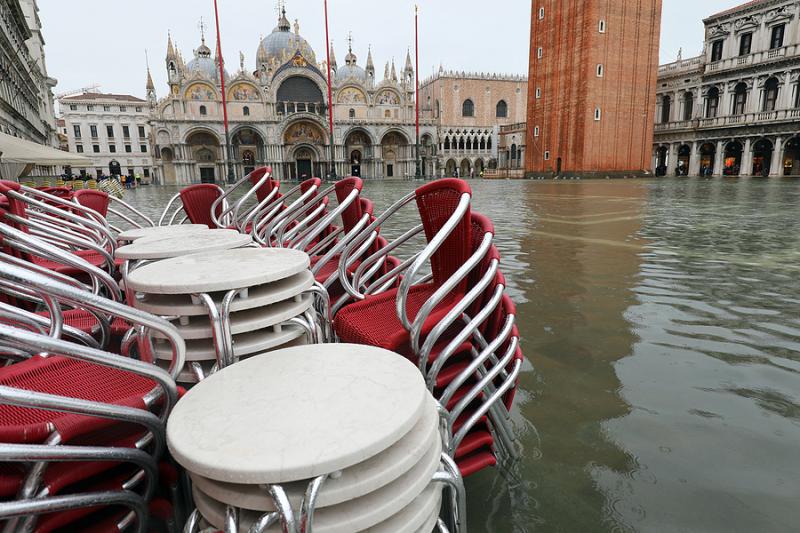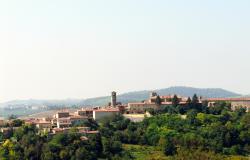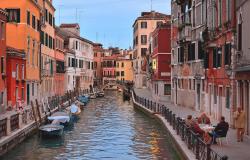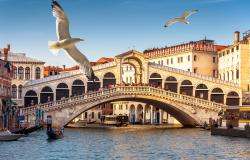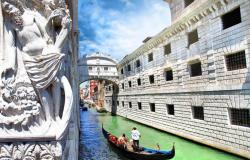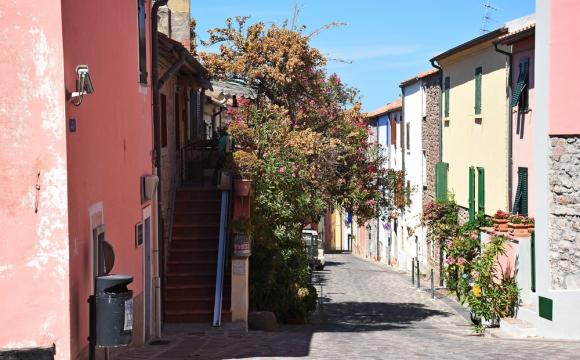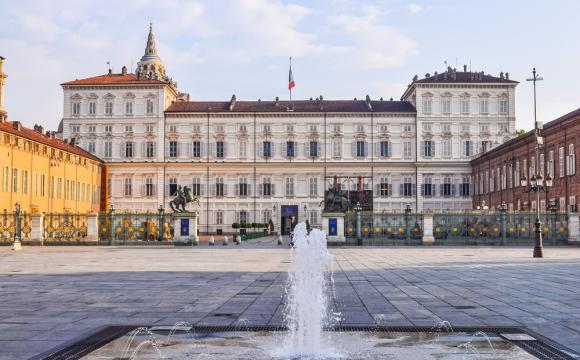After years of delays, controversy and corruption charges, the MOSE project in Venice, designed to protect the city and the lagoon from flooding, was deployed last Saturday. To the rejoicing of Venetians, it worked.
Severe weather affected northern Italy last weekend with heavy rain and winds, and, in Venice, a tide of 135 cm (4.43 feet) was predicted. Raised walkways had been set up in several low-lying areas of the city center as is customary when high tide, or acqua alta, is expected. It was the first test for MOSE and it did keep the city dry.
However, the system only gets activated when the tide reaches the minimum threshold of 130 centimeters. On Sunday and Monday, the tide was 98 cm, according to the City of Venice Tide Center, and that caused the low spots of the city including St. Mark’s Square to flood.
MOSE (MOdulo Sperimentale Elettromeccanico or Experimental Electromechanical Module) is a system of underwater barriers placed at the Lido, Malamocco and Chioggia inlets designed to protect Venice from high tide by temporarily isolating the lagoon from the Adriatic Sea. It consists of 78 yellow barriers that can protect Venice from tides as high as 300 cm (10 feet). Once the high tide threat ceases, the barriers are lowered.
The MOSE project was launched in 2003 and expected to be finished by 2011. It was not ready yet when, last November, Venice was hit by its worst flooding in 50 years, with water rising above 150 cm for three days in a row, damaging stores and monuments, including St. Mark’s Basilica.
Besides meeting resistance from environmental and conservation groups, the MOSE project was hampered by corruption, with 35 people arrested in 2014 including the then mayor Giorgio Orsoni. It also cost much more than predicted (5 billion euros), and maintenance costs are said to be running at 80 million euros a year by the Superintendent of Public Works.
In addition, some fear that, as sea levels rise at a rate faster than what was known at the time the project was approved, MOSE will be unable to serve its purpose and the barriers would have to be raised so often as to function as an almost permanent wall, damaging the lagoon's ecosystem.
